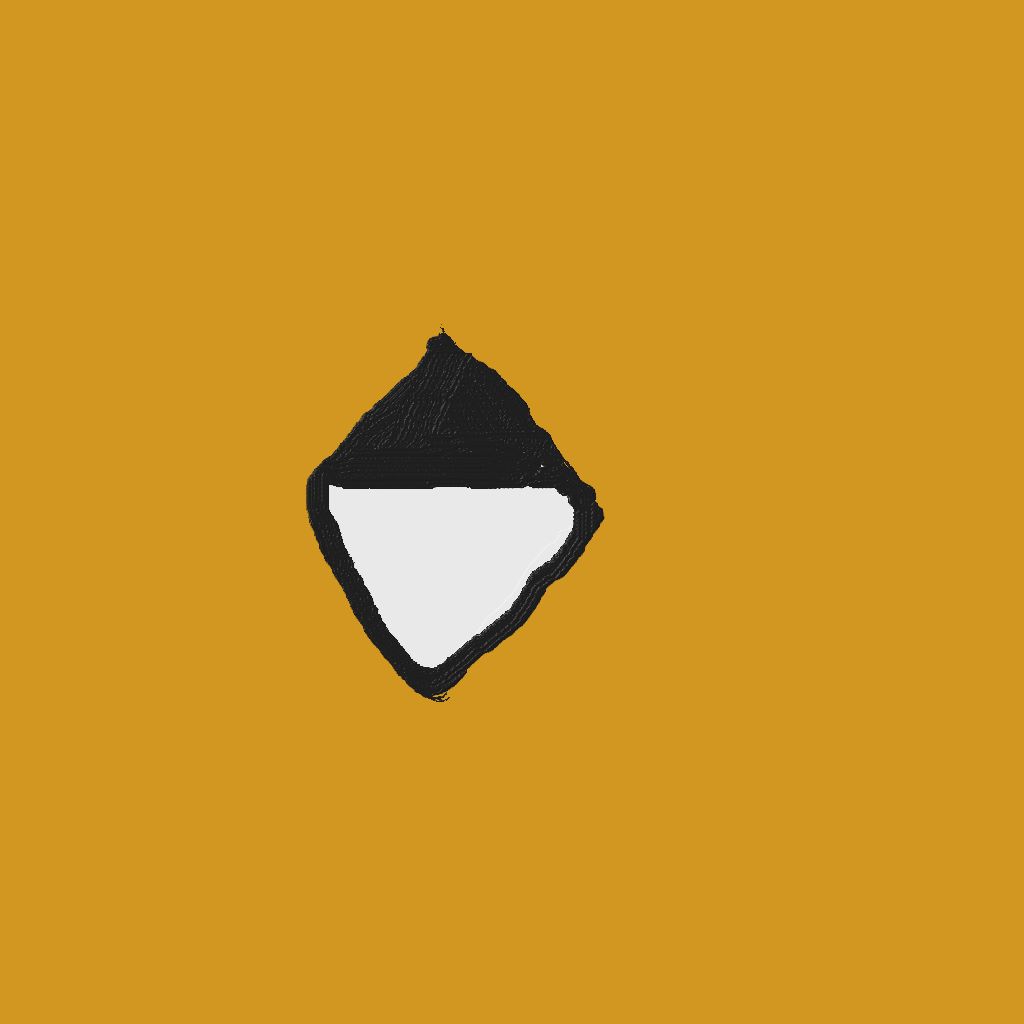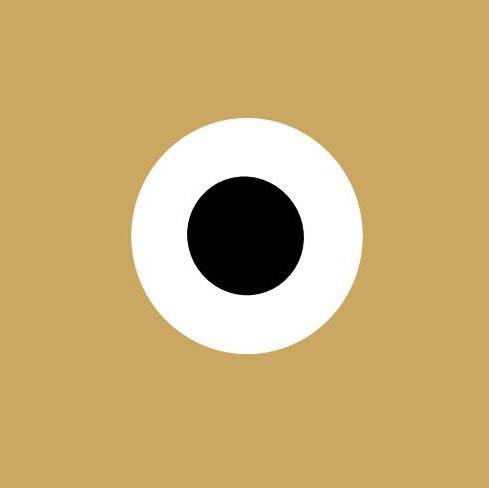Numerous small inventions can have an impact on a culture over time.
There are a few inventions I will talk about with three groups of people. Egyptian, Greek, and Christian.
- Wheelbarrow (Greek VS. Christian only)
- Plow
- Crane (Egyptian VS. Greek only)
Wheelbarrow
(Greek VS. Christian only)
The wheelbarrow was probably used by more by slaves in Greece than other people. The Greeks believed they deserved a luxurious life, where they didn’t have to work. The Christians believed God had put them on Earth to work, not avoid it. (This is just a thought, but) the Christians may have used the wheelbarrow to take food and goods to the poor people.
(heavy) Plow
The plow in Greece was probably not needed in Greece, because Greece borders the Mediterranean sea, the grounds are probably fertile from the water. The Egyptians had the Nile river to keep their ground watered, yet away from the Nile, the plow would be helpful whenever there was good soil to plow. The Christians could plow up land for people to grow food in.
Crane
(Egyptian VS. Greek only)
In Greece, they used the crane to lift up blocks to build things like the Parthenon. The Egyptians used a ramp system for the pyramids; either inner or outer. (I think inner.) The crane consists of a crank, pulley, shaft, boom, and rope. The crane is very useful when it comes to building tall structure, yet the Egyptians didn’t figure it out at the time of the pyramid construction.


